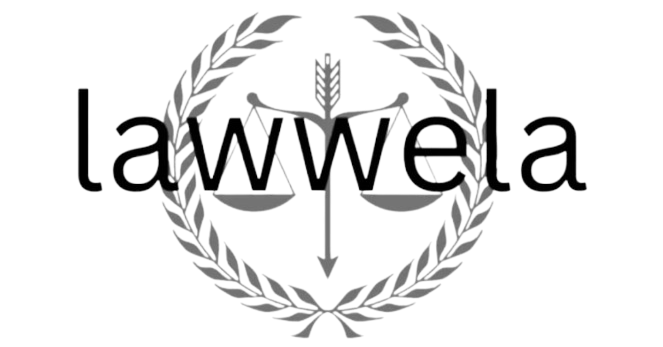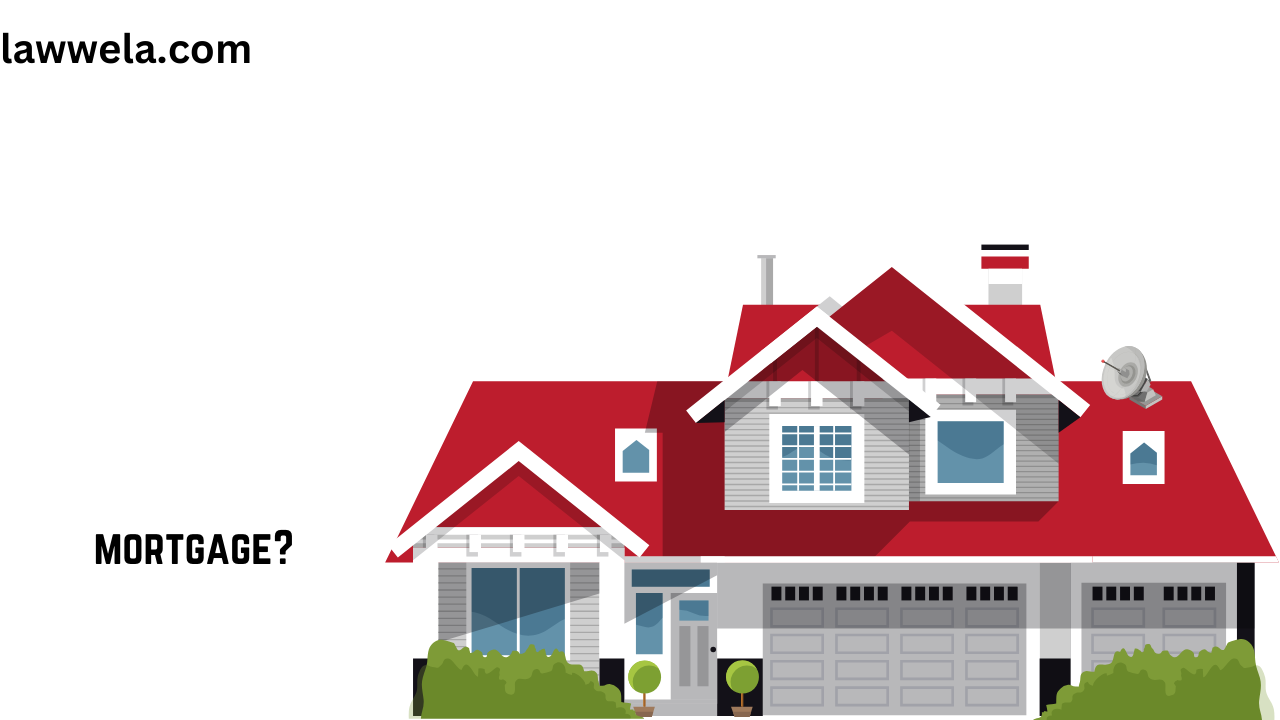Definition of mortgage
Mortgage defined under Section 58 (a) of the Transfer of Property Act, of 1882. A mortgage means the relocation of an interest in a specific immovable property for the reason of securing the payment of money by way of loan or future debts.
What is a mortgage?
A mortgage is a loan that provides every individual or family to buy a home or other types of real estate. The property serves as collateral, which means that if the borrower is not able to pay the loan within the agreed period, the lender has the right to sell the property to recover the loss. In a Mortgage, the installments are regularly repaid over a fixed term. Usually ranging from 15 to 30 years, although there are some other options also available.
Who is the mortgagor?
A mortgagor is known as who borrows money from any person or any bank by giving their immovable property as security.
For example, A takes 10 lakh rupees from X by giving his house as security. Here A is the mortgagor and X is the mortgagee and is immovable property.
Who is the mortgagee?
A mortgagee is known as a person who lands some money to the borrower by taking his immovable property as security.
For example, A gives 10 lakh to X, the borrower, and takes his immovable property as security. Here A is the mortgagee and X is the mortgager.
Why mortgage is important?
Mortgage is very important for security purposes. Suppose the transfer of money without any security to another person is risky. Let’s discuss it with an example; A borrows 10 lakh rupees from B without giving any security and promises to give back the money on 7th August. But on that day, A refuses to give back the money now B has no other choice but to recover his money from A he has to file a suit, but if A done the mortgage with B and taken his immovable property at the time of mortgage then he had the right to sell his immovable property.
Essential of mortgage
Three essential ingredients of a mortgage that should be fulfilled to make the mortgage are
- Transfer of interest
- Immovable property
- Purpose
Types of mortgage
Simple Mortgage
In this type of mortgage, the borrower signs a contract in which they specify time duration. If the borrower fails to pay back the money in that specified period to the lender then the lender has the right to sell the property which he has taken as security to recover his loss.
Mortgage by conditional sale
In this type of mortgage, the mortgagor ostensibly sells the mortgaged property on the condition that there is a default in repaying the mortgage money or a delay in monthly installments.
Usufructuary mortgage
In this type of mortgage, the mortgagor transfers his possession to the mortgagee and authorizes until the mortgage money is returned to the mortgagee. The mortgagee can use the mortgagor property and can put on rent or use it for another purpose until the repayment of the mortgage amount.
English mortgage
In this type of mortgage, the mortgagor has to transfer his property to the mortgagee at the time of taking the money on the condition that after the return of mortgage money, the mortgagee has to transfer back the property to the mortgagor.
Anomalous mortgage
It is a mixture of different types of mortgages.
Reverse mortgage
In this, the mortgagee lends money to the mortgagor every month. The entire mortgage amount is divided into the installment.
Equitable mortgage
In this type of mortgage, the title deeds of immovable property are given to the lender. It is common in banking mortgage loans. Thus it is done for security purposes.
Factors to consider when choosing a mortgage
Interest rate
The interest rate is the amount of money that the lender charges for borrowing the loan amount. It affects your monthly payments and the cost of the loan over its period. Fixed-rate mortgages have consistent interest rates all over the loan period and adjustable-rate mortgages have fixed rates, after which the rate can adjust based on the market conditions.
Down payment
The down payment is the half amount of the purchase price. It is given to avoid private mortgage insurance while other mortgages have lower down payments. It requires at least 20% of the purchase amount.
Loan term
It is the period in which you have to repay the mortgage. Commonly mortgage loan terms are about 15 years and 30 years, but there are other options also available. A shorter loan period results in higher monthly payments but lower interest costs, but in longer loan period has lower monthly payments but higher interest costs.
Closing cost
It is a fee and expenses associated with obtaining a mortgage and transferring the ownership of the property. They can include items such as title insurance and taxes. It is important to require the closing cost at the time of budgeting your home purchase.
Credit score
It is a numerical presentation of your creditworthiness and plays an important role in qualifying for a mortgage and considering the interest rate you may be offered.
Federal Housing Administration loan
It is a mortgage that is insured by the Federal Housing Administration, a government agency. It is made to help low to moderate-income borrowers qualify the mortgages with a lower income, at least 3.5% of the purchase price. They also have flexible credit scores, so they can be more accessible to borrowers with less-than-perfect credit.
Jumbo mortgage
It is a type of mortgage that exceeds the loan limits set by Fannie Mae and Freddie Mac which means if there is a default of the borrower the lender is not protected from the losses. Its big advantage is you can borrow more funding to purchase your dream home. Which means you do not have to take multiple loans.
Conclusion
It is important to understand the definition and different types of mortgages before buying a home. it is recommended to ensure before working with a reputable mortgage professional who will guide you throughout the process and provide advice when you require it in any situation. With the right knowledge and guidance.


2 thoughts on “What is a Mortgage? and its Types”